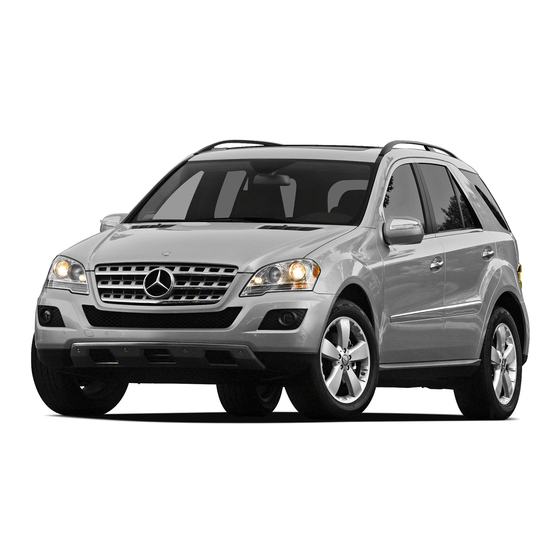
Mercedes-Benz 2011 M-Class Operator's Manual
Mercedes-benz 2011 m-class sport utility vehicle operator's manual
Hide thumbs
Also See for 2011 M-Class:
- Operator's manual (561 pages) ,
- Brochure (22 pages) ,
- Maintenance booklet (71 pages)
Table of Contents
Advertisement
Quick Links
Advertisement
Chapters
Table of Contents

















Need help?
Do you have a question about the 2011 M-Class and is the answer not in the manual?
Questions and answers